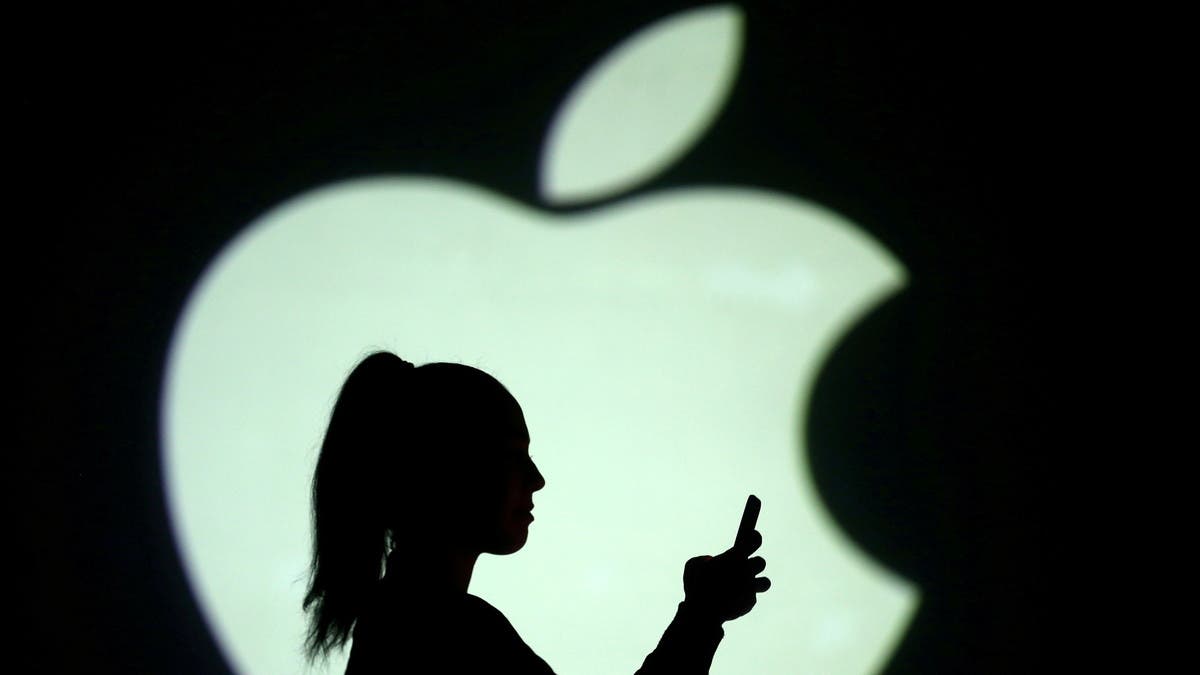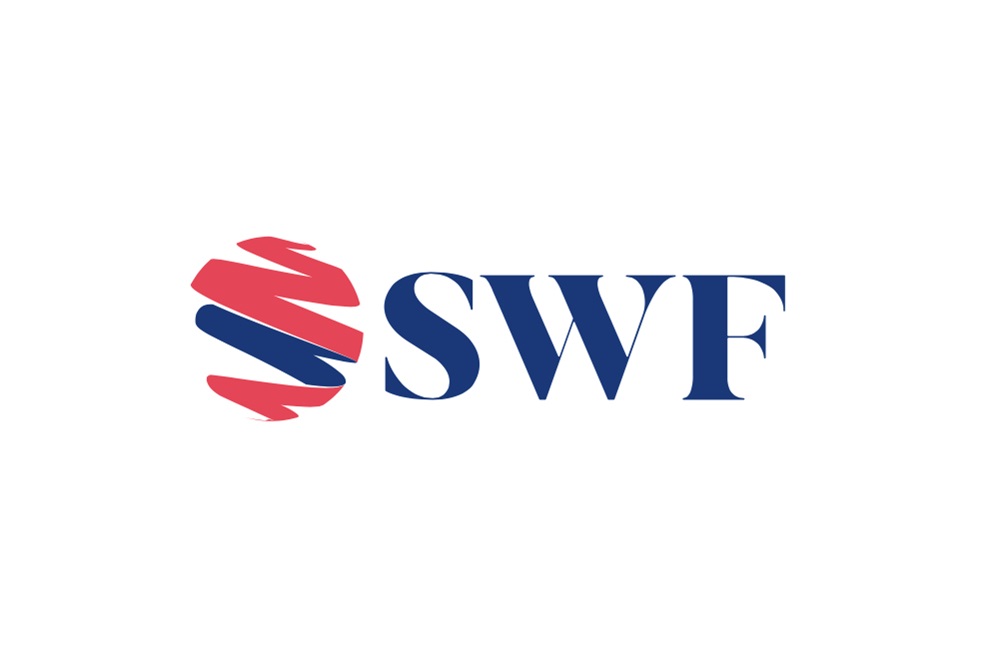Apple Inc. is exploring new sources of the memory chips that go into iPhones, including its first Chinese producer of the critical component, after a disruption at a key Japanese partner exposed the risks to its global supply.
It’s considering expanding a roster of suppliers that already includes Micron Technology Inc. and Samsung Electronics Co. after Kioxia Holdings Corp. lost a batch of output to contamination in February, people familiar with the matter said.
While Samsung and SK Hynix Inc. — the world’s largest makers of flash memory — are likely to pick up the slack, Apple remains keen to diversify its network and offset the risk of further disruption from the pandemic and shipping snarls, they said.
For the latest headlines, follow our Google News channel online or via the app.
The iPhone maker is now testing sample NAND flash memory chips made by Hubei-based Yangtze Memory Technologies Co., the people said, asking not to be identified discussing private deliberations.
Apple’s been discussing the tie-up with Yangtze, owned by Beijing-backed chipmaking champion Tsinghua Unigroup Co., for months though no final decisions have been made.
A contract for Yangtze and its well-connected parent would be a milestone for China’s ambitions to build a world-class domestic chip industry that can compete with the US.
For semiconductor players aspiring to build a business on a national scale, memory is typically a gateway because production capabilities count more than the intricate designs needed for advanced processors and other logic chips — though it requires enormous investment to sustain.
Tying up with Yangtze could open Apple to criticism back home given ties between Washington and Beijing are fraying over China’s ambiguous stance on the Ukraine war as well as American efforts to contain its technological ascent. US lawmakers have long railed against the way Beijing champions and subsidizes local industry.
Created through a merger with a government-run chip factory in 2016, Yangtze Memory is regarded as China’s best shot at designing and developing homegrown 3D NAND flash memory, widely used for storing data in smartphones, laptops, servers and future gadgets such as electric vehicles.
Beijing regards the crucial component as one of the bottlenecks that could endanger its economy, because of a heavy reliance on imports.
The testing and discussions are no guarantee Yangtze chips will ultimately ship. It’s unclear if the Chinese firm can convince Apple of its dependability, the people said.
Yangtze Memory technology is at least one generation behind and could at best be a backup choice to Apple’s main suppliers like Korea’s Hynix and Samsung, they said.
Even if Apple qualifies Yangtze’s components, it will need to gauge its reliability in terms of yields and quality. It took years for Beijing-based BOE Technology Group Co., another prominent Chinese Apple supplier, to reach high-volume production of iPhone displays.
Yet because memory chips are largely commoditized, Apple could conceivably decide to use Yangtze’s product in lower-end devices such as the iPhone SE, the people said.
Representatives for Yangtze Memory and Apple declined to comment.
Component shortages and Covid-triggered logistics issues have plagued the world’s biggest consumer electronics brands for the past two years, prompting a rethink of supply chains that once relied on just-in-time inventory and global networks.
In February, Kioxia halted production at two plants in Japan due to material contamination, highlighting the risks of over-reliance on a particular supplier. That could help push flash memory chip prices up 5 percent to 10 percent in the June quarter, industry tracker Trendforce estimated.
Apple’s iPhones are put together primarily in China by Foxconn Technology Group and Pegatron Corp., which take components like memory chips from scores of different providers before assembling them into the final device. Yangtze Memory could offer an attractive source of cheaper chips close to their plants.
“Yangtze memory will supply about 5 percent of memory for iPhone SE, and 3 percent to 5 percent of memory for the upcoming iPhone 14. Apple is using its product because it offers competitive pricing,” projected Jeff Pu, an analyst with Haitong International Securities, working off theoretical estimates.
A partner like Yangtze could help it score points with the government in the world’s largest smartphone market.
Apple has struck a delicate balance in China, a market that underpins much of its $2.9 trillion value as both the foremost producer and one of the biggest consumers of iPhones.
Apple’s manufacturing partners employ millions and it readily complies with Beijing’s edicts on censorship and data localization — an approach that’s helped it rank among the most profitable American players in China, a country that’s shut out rivals from Alphabet Inc.’s Google to Facebook Inc.
Yangtze Memory’s product relies on a self-developed technology known as Xtacking, which integrates memory cell wafers with supportive circuits for higher performance in some cases compared with traditional technologies, one of the people said.
While its parent Tsinghua Unigroup — affiliated with the alma mater of Chinese President Xi Jinping — is undergoing a government-led restructuring because of a series of bond defaults, the memory chipmaker is operating normally and unaffected by its parent’s financial woes, the person said.
Read more:
H&M review growth slows down amid Ukraine war
Tesla dodges nickel crisis with secret deal to secure supplies for EV batteries
Middle East one of most vulnerable regions due to Russia-Ukraine war: IMF official


 World3 years ago
World3 years ago
 World3 years ago
World3 years ago
 Business1 year ago
Business1 year ago
 Entertainment8 years ago
Entertainment8 years ago
 World8 years ago
World8 years ago
 Entertainment8 years ago
Entertainment8 years ago




